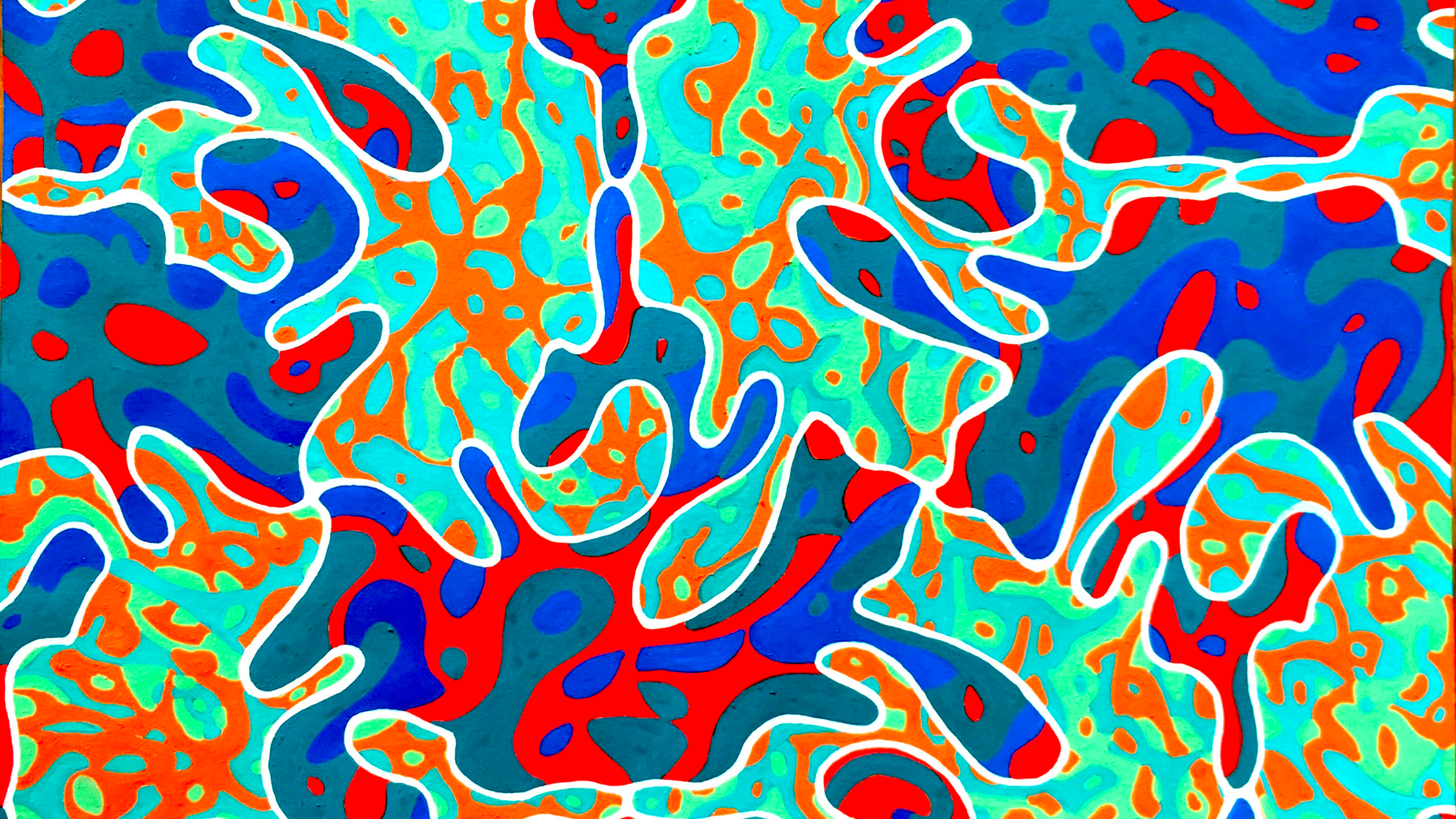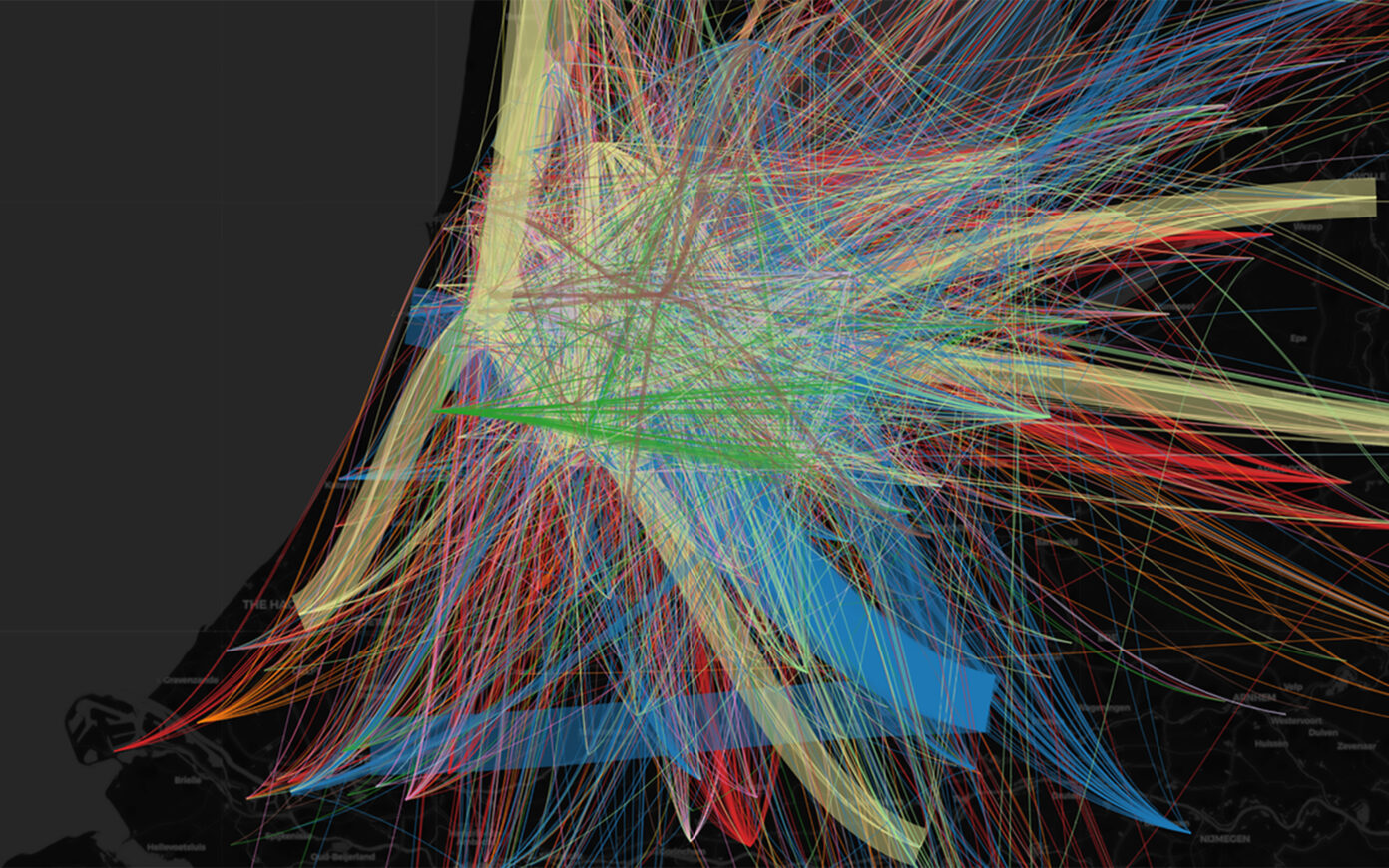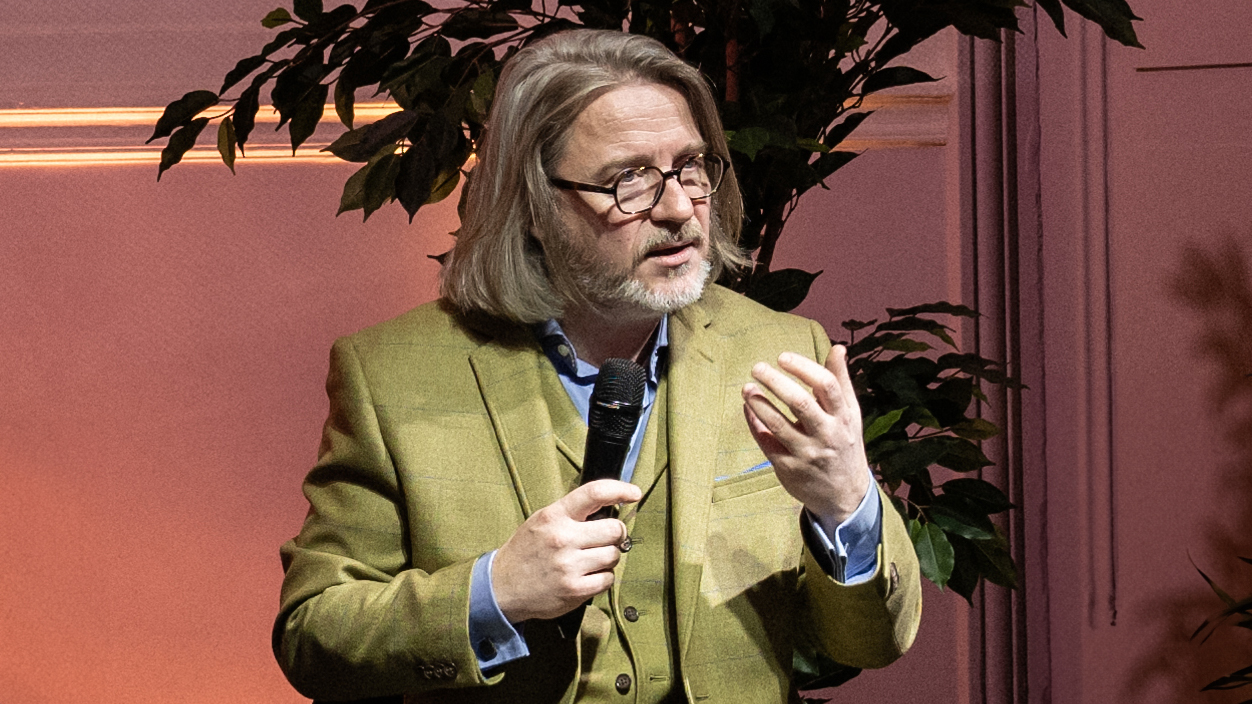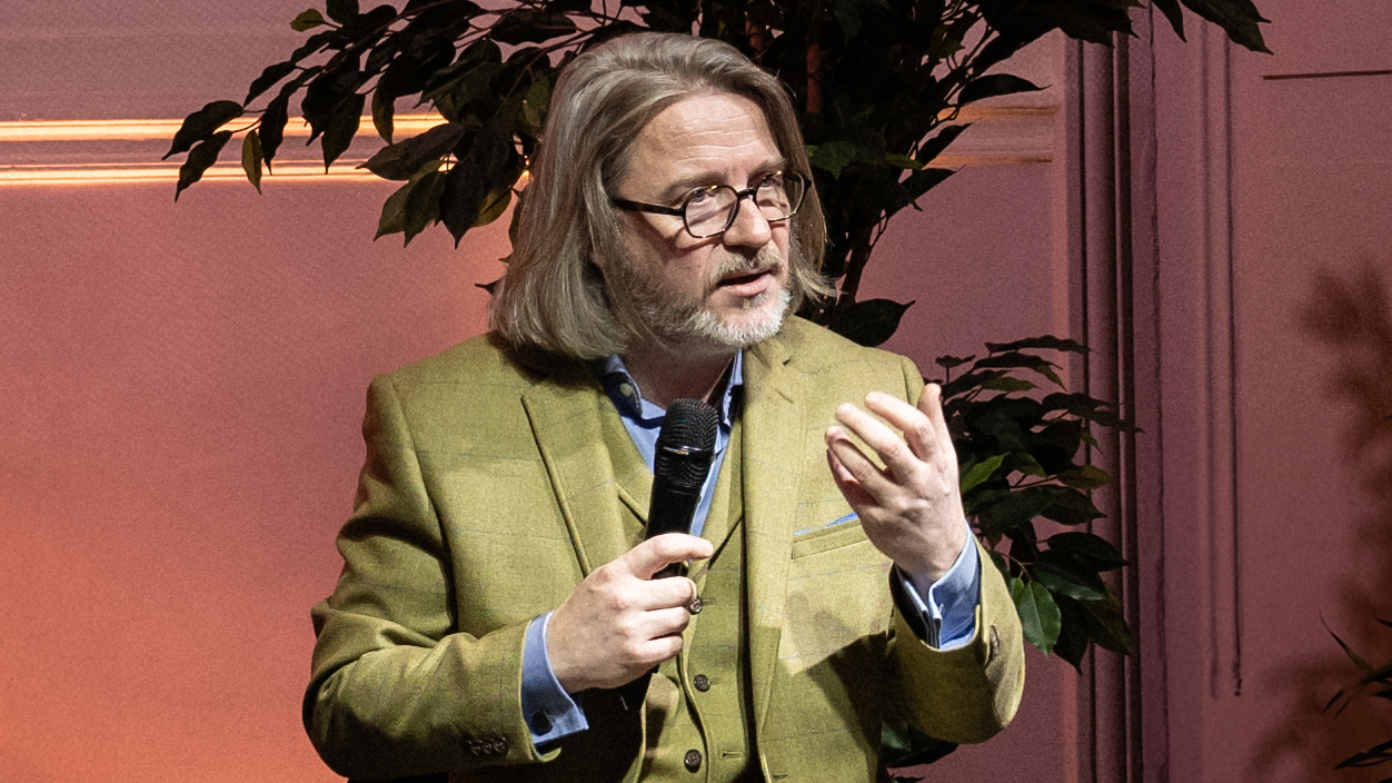In order to address the complexity of the challenges cutting across architectural and urban design in the Anthropocene Epoch, PCA-STREAM applies the concept of “urban metabolism” with a view to developing a synergy-based approach placing complexity at the forefront of projects.
The use of the metaphor of the living organism in the field of urban system studies dates far back. This kind of vision has been continuously reconfigured as contexts change over the course of the history of urban thought and urban fabric. In particular, the mounting concern for the environment and the growing awareness of the environmental impact of cities since the 1970s has brought about the re-emergence of a systemic thought that had been weakened by functionalism and modernism in urban planning.
At the source of metabolic approaches to the city: Cities as chemical systems
The history of metabolic approaches to the city was explored by researcher Sabine Barles, who identified the origins of the urban metabolism in the urban chemistry of the late eighteenth and early nineteenth centuries.Sabine Barles, “De la chimie urbaine à l’écologie territoriale : deux siècles et demi d’analyse du métabolisme urbain” [From Urban Chemistry to Territorial Ecology], in Quand l’écologie s’urbanise [When Ecology Becomes Urban], ed. Joëlle Salomon Cavin & Céline Granjou (Grenoble: UGA Éditions, 2021). The first material balances were carried out in medical sciences during this period, with a view to addressing urban air quality issues. Urban population growth throughout the nineteenth century, as well as challenges related to food (feeding a population in a non-productive space) contributed to bringing about the idea that matter transformed by cities—including organic waste and the nitrogen produced as it breaks down—can increase agricultural yields in surrounding areas. The term of metabolism then appeared for the very first time, in a medical context, to define a “change of a molecular nature in bodies,”Pierre-Hubert Nysten, Dictionary of Medicine, 11th ed. (Paris: J.-B. Baillière et Fils, 1858). but Karl Marx was the first to use it in relation to the flows of materials and energy that occurs between nature and society in his critique of industrialization.Karl Marx, Capital, Volume III (1894).
Coevally, an imaginary of the networked city (as investigated by Antoine PiconSee, in particular, his book La ville des réseaux : un imaginaire politique [The Networked City: A Political Imaginary] (Paris: Éditions Manucius, 2013).), well illustrated by the Paris of Baron Haussmann (and his engineers), gathered force in the mid-nineteenth century. In this vision, networks, generated by the circulation of flows of all kinds (humans, vehicles, water, nature, etc.), take on a central role and contribute to maintaining the organic character of the city. The city itself is understood as a large body that operates like a machine that can be programmed and made predictable. We can then see how technical advances in chemistry, and more generally the features of the industrial city, contribute to feeding this imaginary, which, in turn, fuels the ambition to control material flows.
The entry in the twentieth century marks the beginning of a characterization of urban metabolism based on the quantification of material flows and accounting for energy for the first time, along the lines of a circular economy perspective involving city and farmland. But, around the same period, advances in chemistry and the discovery of fertilizers dampened the interest in the metabolism of cities—the chemical industry was then able to break free from urban spaces. Urban metabolism then faded away temporarily from the landscape of urban studies.
Urban Ecology and Industrial Ecology: a rebound in urban metabolism
Sabine BarlesSabine Barles, “De la chimie urbaine à l’écologie territoriale : deux siècles et demi d’analyse du métabolisme urbain” [From Urban Chemistry to Territorial Ecology], in Quand l’écologie s’urbanise [When Ecology Becomes Urban], ed. Joëlle Salomon Cavin & Céline Granjou (Grenoble: UGA Éditions, 2021). a return to the question of urban metabolism following the Second World War, in connection with the emergence of the environmental crisis and the development of a systemic vision of the world and of cities in particular. The 1972 Meadows ReportThe Limits to Growth, also known as the Meadows report, is a 1972 report to the Club of Rome. laid out the very first metabolic study on a planetary scale, at a time of growing criticism of the industrial city and its destructive power, especially with respect to the planet’s resources. The birth of urban ecology, described as an environmental turning point, soon followed. Abel Wolman’sAbel Wolman, “The Metabolism of Cities,” Scientific American 213 (1965):179–90. pioneering work thus introduces a linear model of urban metabolism, with inputs and outputs. This approach evolved over time towards more cyclical versions. The definitive reference written by the Odum brothers, Fundamentals of Ecology,Eugene P. Odum & Howard T. Odum, Fundamentals of Ecology (Philadelphia: W. B. Saunders, 1953). formalizes a theory of ecosystems that states that the constituent parts of a city are linked to one another by flows of energy and matter and presents the first material balance of a city. These considerations then gradually moved beyond the scope of ecology and into that of urban development and urban planning, which analyzes cities as socio-ecological systems, and brings together the quantification of urban metabolism and societal analysis.
In the same period, but in other scientific spheres—those of physics, chemistry, biogeochemistry, and economics—industrial ecology developed around the concept of environmental externalities, which compel us to consider material flows related to industrial activities with the aim of controlling discharges and ensuring that they provide inputs for other activities. Industrial ecology started to expand to cities in the early 1990s, which resulted, among other things, in undertaking material flow analysis in many cities.
In both cases, the analogy with the human body can be analyzed as an attempt to understand metabolic processes underlying the ecological and environmental problems experienced by citiesYan Zhang, “Urban Metabolism: A Review of Research Methodologies,” Environmental Pollution 178 (2013) : 463–73. in order to to then identify adequate regulation mechanisms. Also present is the metaphor of the city requiring a cure—the city suffering from pathologies that can be diagnosed and for which treatments can be developed.For further information on the narratives of the “sick city”, see Yankel Fijalkow, Récits de la ville malade. Essai de sociologie urbaine [Narratives on the “Sick City”] (Paris: Créaphis Éditions, 2021).
Contemporary Urban Metabolism: more diversified subjects of investigation and increased technical sophistication in methods
Research into urban metabolism, geared towards material flow accounting, has been applied in the urban design and management of many cities (Tokyo, Brussels, Sydney, Vienna, Hamburg, Paris, etc.), and provides the possibility for cities to be compared with one another.
More recently it has become more diversified and specialized, sharing a common trait in the use of increasingly complex quantitative approaches. Thus, quantification has expanded beyond material flows and now also encompasses energy flows.In particular with the energetic metabolism concept proposed by Haberl in Helmut Haberl, “Human Appropriation of Net Primary Production as an Environmental Indicator: Implications for Sustainable Development,” Ambio 26, no. 3 (May 1997): 143–6. These practices are becoming normalized and are moving towards modeling and simulation methods targeted at increasingly sophisticated systems and designed to assess changes in economic processes and environmental impacts. These recent approaches also involve new scales, including at an intra-urban level, taking into account flows between the center and the periphery, and moving up to district or block scale. They also focus on specific flows. In addition, certain studies incorporate social science approaches and pull away from the quantification imperative.
In the current context, which is characterized by an intensifying use of both matter and energy, urban metabolism approaches attempt to document and quantify these flows of matter and energy relating to human activity and concentrated in cities. The majority of research on urban metabolism thus now relates to material input-output analysis and lifecycle analysis.
Sabine Barles gives the following definition of urban metabolism,Sabine Barles, “De la chimie urbaine à l’écologie territoriale : deux siècles et demi d’analyse du métabolisme urbain” [From Urban Chemistry to Territorial Ecology], in Quand l’écologie s’urbanise [When Ecology Becomes Urban], ed. Joëlle Salomon Cavin & Céline Granjou (Grenoble: UGA Éditions, 2021). in the way she studies it, as: “all flows of energy and materials entering and leaving the urban territory, as well as all the socio-ecological processes associated with them.” She identifies three main directions in current research on urban metabolism.Ibid. The first line of research analyzes the causal factors and consequences of the socio-ecological impacts and the challenges of urban metabolism. The second line deals with driving public and private decision-making, through the circular economy concept inherited from industrial ecology. Finally, the third one asserts a critical posture towards these approaches and advocates moving beyond a purely descriptive quantification. Contemporary approaches thus extend this field of study to the sociopolitical and symbolic dimension of material flows by considering power relations, ideologies, and the representations that shape them.See the call for papers of the international symposium around metabolism organized by the Metabolism Studio of the École Urbaine de Lyon, in Lyon, June 28–30, 2022—“Metabolism Studies: Materiality and Relationality in the Anthropocène.”
A legacy of these approaches in urbanism and architecture
In the realm of architecture, the metabolic metaphor has already informed practices in the past. In particular, the Japanese metabolism movement of the 1960s draws inspiration from cell renewal in living organisms and equates the process to the urban dynamics of the City of Tokyo.Benoît Jacquet & Jérémie Souteyrat (2020) L’architecture du futur au Japon. Utopie et Métabolisme [Architecture of the Future in Japan: Utopia and Metabolism] (Poitiers: Le Lézard noir, 2020). This movement, which imagined systems that could be continuously deployed over and over again, distinguished between two dimensions of urban development corresponding to different time scales—that of the development of the urban fabric and infrastructure and that of life “capsules,” which follow the shorter time scale of urban lifestyle changes. Described as a form of “Japanese-style hypermodernity” by Benoît Jacquet,Ibid. the metabolism movement is grounded in a utopian view of architecture. It has questionable origins, grounded in experiments of the nationalistic Japan of the 1930s. The metabolism movement then emerged in a specific historical context—that of a Japan engaged in postwar reconstruction—driven by a period of economic and demographic expansion.
The context in which we are operating today is radically different from the one in which the Japanese metabolism movement was shaped. The entry in the Anthropocene is a hallmark of our present age and ponders the meaning of Western modernity. Metabolic thought is in keeping with the imperatives of a dramatic reduction of the impact of cities on climate change, adapting urban spaces to its impacts, and preserving biodiversity, all the while addressing the socio-economic challenges of our day and age. The organic metaphor of the urban metabolismThis theoretical concept was formalized in Philippe Chiambaretta (2018), “Dynamiques synergétiques des métabolismes urbains” [Synergistic Dynamics in Urban Metabolisms], in Synergies urbaines : pour un métabolisme collectif des villes [Urban Synergies: For a Collective Urban Metabolism], ed. Robert D’Arienzo & Chris Younès (Geneva: Métis Presses, 2018): 141–57. mobilized by PCA-STREAM is therefore thoroughly different.
The urban metabolism as expounded by PCA-STREAM places the living at the heart of a new paradigm in order to address our relationship to a complex world.Ibid. It is a more fractal approach. It articulates circularity in the built environment, which forms a first metabolismStream Building, which is currently nearing completion, is an illustration of this. nested in a district or an avenue,Used as an intermediate scale, as in the 2019 study conducted by PCA-STREAM on the Champs-Élysées, which provided an opportunity to experiment with the concept of metabolic city at that scale. which is itself embedded in the metabolism of the city, and the cities themselves involve metabolism between one another.
Within each of these nested metabolisms, the studio mobilizes the urban stacks concept.A concept borrowed from Shannon Mattern, “Interfacing Urban Intelligence,” Places Journal (April 2013) and imported in French with researcher Paul Nakazawa from the Harvard Graduate School of Design in the context of the exhibition prepared based on the Champs-Élysées study. It can also be understood in light of the concept of socio-technical urban assemblages initially introduced by Deleuze and Guattari in A Thousand Plateaus (1980) and taken up in Colin McFarlane (2011), “The City as Assemblage: Dwelling and Urban Space,” Environment and Planning D: Society and Space, 29, no. 4 (2011): 649–71. Each one of these stacks is a socio-technical bundle comprising a built environment, infrastructure, mobilities, uses, and the living. This stack-based approach aims to reveal the interrelationships between each layer so as to outline any tensions that may potentially be at work and the cross effects that they cause on different scales. In that sense, urban stacks are central to the urban metabolism approach.
In order to translate the urban metabolism concept into a project methodology, PCA-STREAM relies on partnership-based approaches involving an entire ecosystem of experts in collective intelligence processes. The studio is also engaged in experimenting the use of data with the ambition of creating indicators for the various stacks of projects.
Therefore, there is a range of complex phenomena that are open to exploration by means of a more systemic approach. This approach is in itself an imaginary, impacting our representations of the city, its projects, and its forms of interaction. As a result, how this approach is implemented over time across the firm’s projects and how involved parties will take ownership will contribute to defining the urban metabolism metaphor in practice.






